The Microsoft Surface Book Review
by Brett Howse on November 10, 2015 8:00 AM ESTThe PixelSense Display
I feel like the display is one of the key points with the Surface Book. Microsoft calls it a PixelSense display - named for its capacitive touch and stylus capabilities - and they have added some technology to really move this display forward. As with all of the Surface devices now, it supports touch, and pen input, and it has a 3:2 aspect ratio.
The aspect ratio is really one of the key features. When Microsoft moved to 3:2 with the Surface Pro 3, it instantly transformed that device and made it much better as both a tablet and a notebook. When the Clipboard is detached, the 3:2 13.5-inch display is every bit as good as the Surface Pro 4, only a bit larger. It works much better in portrait than 16:9 ever did. Clip it on the base, and you now have a notebook display with enough vertical pixels to cut down on the amount of scrolling you need to do. For many of us, the constant move to 16:9 on notebooks was a painful process to watch, and with the Surface Book, you jump right past 16:10 to an even taller aspect ratio. When you snap two apps to the side, you effectively have two 3:4 workspaces, making multitasking much better. There is more physical display available on the 13.5-inch Surface Book than a 14-inch 16:9 display. So even though it would be easy to compare the Surface Book to 13.3-inch Ultrabooks, it offers even more screen than the 14-inch models.
Microsoft has created their own touch and pen controller, which they are calling the G5 chipset. This is the same as the Surface Pro 4, and the goal is to reduce latency on both touch and pen. It actually leverages the GPU for some functions since the GPU has a lot more capabilities and power available.
Despite the larger display than the Surface Pro 4, it shares the exact same pixel density at 267 pixels per inch. This is done with a 3000x2000 resolution, and it is incredibly sharp. Text rendering on it is fantastic, and it would be pretty difficult to discern individual pixels at any sort of normal distance. This is what they look like though.
So with all of these similarities with the Surface Pro 4, it would be easy to assume that Microsoft is using the same Samsung IGZO panel, but that is actually not the case. Microsoft has opted to go with a display from Panasonic, and it’s not IGZO which was a bit surprising with the high DPI on tap. Instead, it is a traditional amorphous silicon panel, so it won’t offer the same power savings of IGZO. Instead, Microsoft wanted to focus on contrast on this display. At the launch event, Panos Panay claimed this notebook had 1700:1 contrast ratio, which, if true, would make it one of the highest contrasts on any notebook, if not the actual highest on any notebook for sale today, and this was done, in part, with the help of photo-alignment. Microsoft has also stated that each Surface Book will be individually calibrated for sRGB, which is important since you generally can’t calibrate a notebooks’s colors after the fact.
To test these claims, we use SpectraCal’s CalMAN 5 software suite with an X-Rite i1Display Pro colorimeter for brightness and contrast measurements, and an i1Pro spectrophotometer for testing color accuracy. Since I have two Surface Books, I’ve run the tests on both so we can check how the calibration is done on more than one device.
Brightness and Contrast
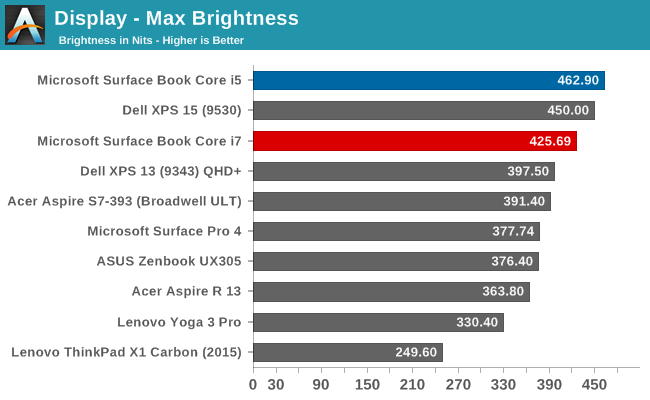
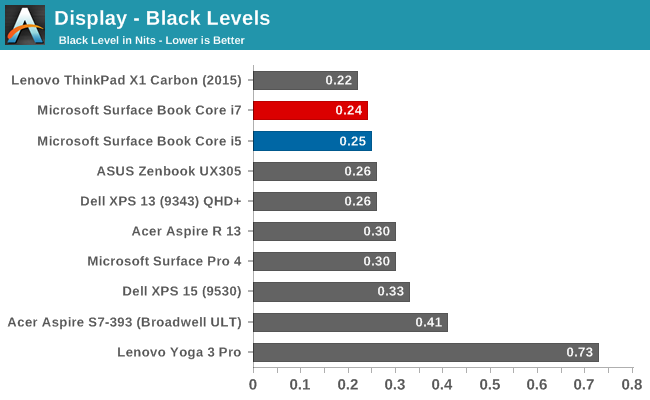
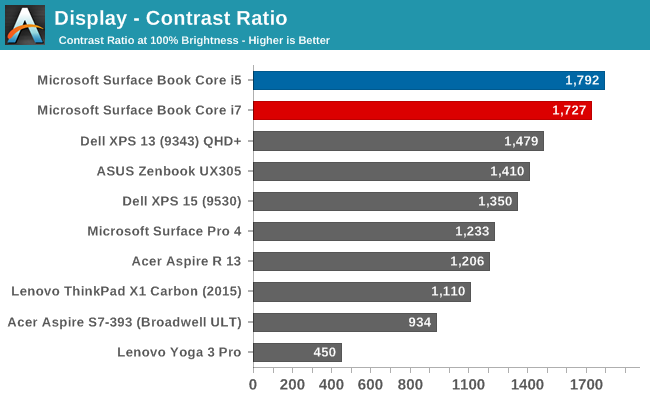
Our first test gets right to the heart of the claim from Microsoft, and sure enough, the Panasonic panel is able to deliver over 1700:1 on contrast. The best part is that the panel has achieved this with amazing black levels, and watching movies on the Surface Book really brings out a lot more detail in dark scenes than most devices are capable of. The brightness is also very good. The Core i5 model that I have has 462 nits of brightness and almost 1800:1 contrast, edging out the Core i7 sample.
Grayscale
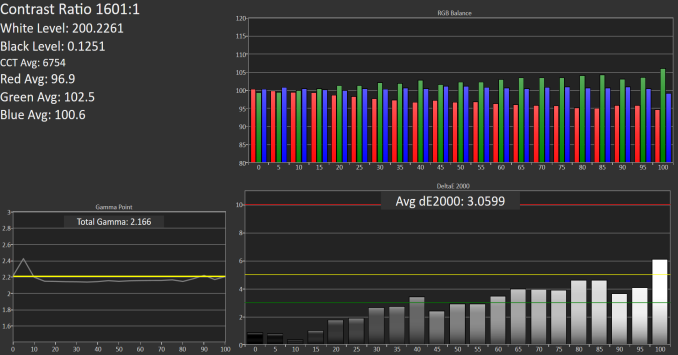 Core i5 Grayscale
Core i5 Grayscale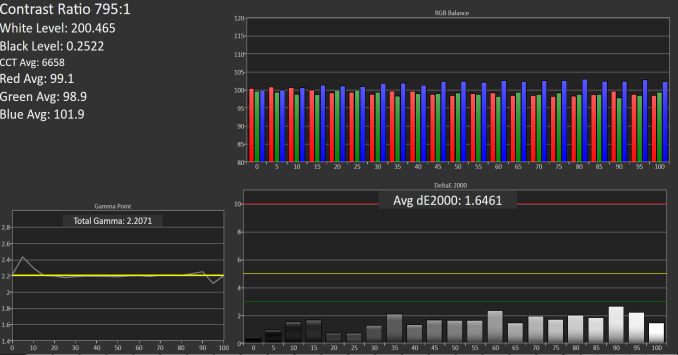 Core i7 Grayscale
Core i7 Grayscale
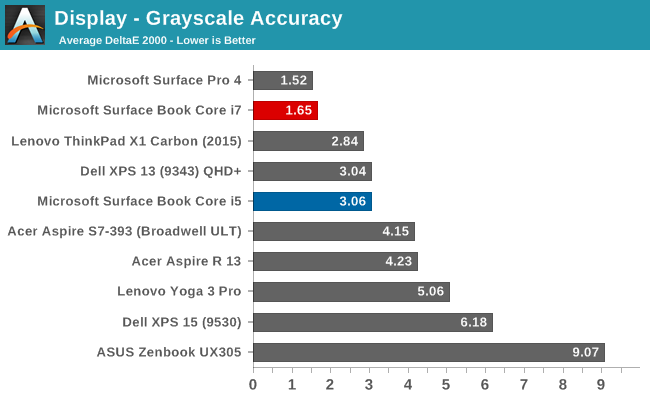
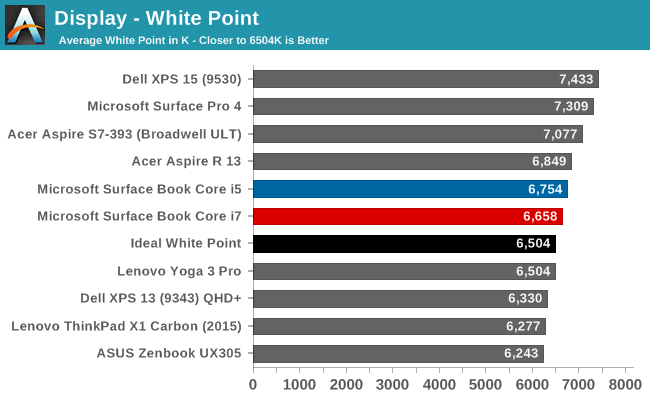
Both models do ok in this test, but the Core i5 model, which was a pre-production sample, had some issues with grayscale, especially as the brightness went up. The Core i7 model, which is a retail sample, seems to be much better here, but with just a sample size of two, it’s difficult to say if this is just luck of the draw. Color temperatures are very close to where they should be as well, and both keep gamma in check which is nice to see.
Saturation
Core i5 (left) Core i7 (right)

Once again, the Core i7 model outperforms the Core i5 pre-production model here, and by quite a bit, although both are well under the limit where you would be able to detect an issue. Both devices can pretty much cover 100% of the sRGB color space.
Gretag Macbeth
Core i5 (left) Core i7 (right)
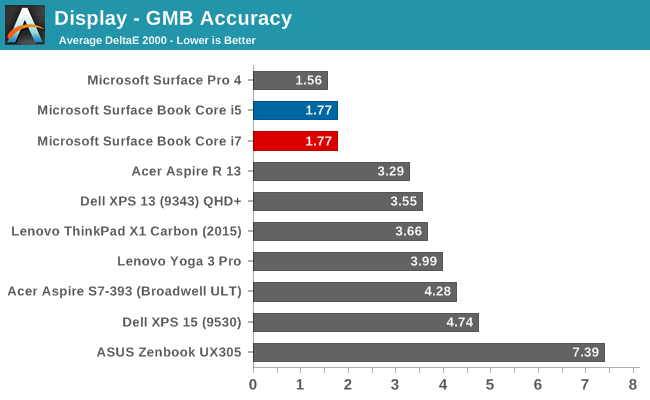
The most comprehensive test is the Gretag Macbeth, which tests not only the standard sweeps, but also many of the colors in-between, including skin tones. Both models do very well here, with pretty much none of the individual results scoring over 3.0.
Color Comparator
Looking at what all of this means, we can leverage these color comparators, which show the display’s intended color on the bottom, and the actual result on the top. This is a relative comparison, because any inaccuracies in your own display would skew the results.
Core i5 Color Comparator
Core i7 Color Comparator
Both models show very accurate colors, with little differentiation between the top and bottom parts of the images.
Microsoft has promised 100% sRGB coverage as well as individually calibrated panels, and it looks like they have done very well. The Core i7 model in particular, which is a retail sample, has no issues at all with the display accuracy. It’s interesting that they did not go with IGZO technology with the Surface Book like they did with the Surface Pro 4, but the Panasonic panel has amazing contrast, and the backlighting provides great brightness despite the amorphous silicon TFT. The black levels are very good on this display, and accuracy is certainly good enough for almost anyone’s needs. The high accuracy, combined with the high resolution, make the Surface Book one of the nicest displays around, and it’s a pleasure to use.
The days of high DPI being a real issue on Windows is slowly fading away, although there are still plenty of programs that do not play well. It really depends on what exact programs you have, but for most of my workflow high DPI is not a problem at all. Adobe has updated their apps to support higher resolution panels, for example. I’ve been using high DPI Windows PCs for several years now, and although there are still some apps that fall back to DPI virtualization, it’s not been an issue most of the time. If the Universal Windows App platform takes off, this will be well and truly solved, but that has not happened quite yet.


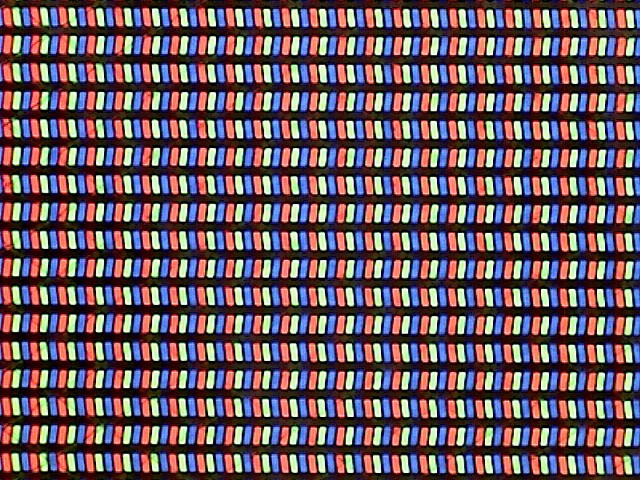
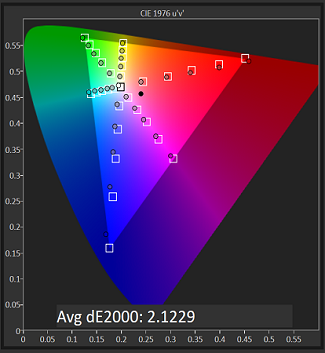
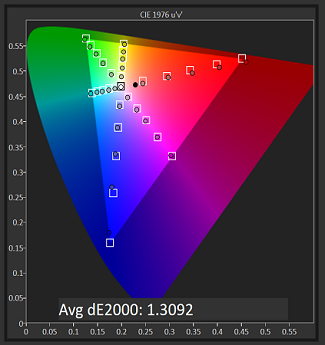

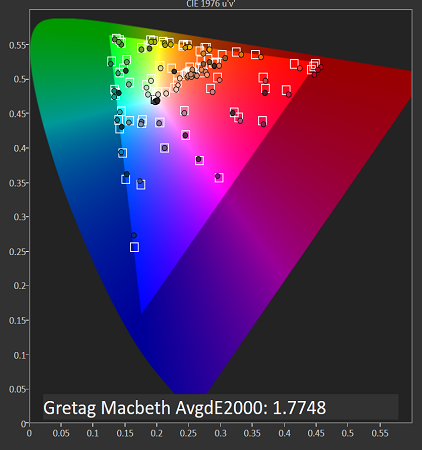












249 Comments
View All Comments
chrisnyc75 - Monday, November 16, 2015 - link
And fwiw, according to Dell (and the few "legitimate" sounding reviews I've been able to find so far), the XPS15 gets "up to 17 hours" battery life with the FHD display, "a few hours less" with the 4k touchscreen QHD. If that's true, then it's not far behind the SB battery life, but with more power, more connectivity, and a bigger display (due to the edge-to-edge infinity display, you get a 15.6" of display on a 13.5" device (hence why I keep bringing up the fact that they're the same size, and thus crying out for direct comparison). Personally, I'm pretty sure I'd prefer the larger display and greater processing power of the XPS over the detachable tablet option on the SB if that's really they're biggest difference. If only a reputable expert would run the tests to find out if that's really the case. ;) (hint hint)And p.s., from what I'm reading on laptop forums/reviews, the touchscreen can be paired with any bluetooth stylus, it just doesn't come with it. But you don't need the connectivity port that you have to buy separately to connect the SB to just about everything, so if that's true it kinda balances out (again) IMHO.
s.yu - Wednesday, November 18, 2015 - link
Hmmm, I have to disagree on the size. The Dell is 6cm wider and 2cm taller, over 500g (that's one third of the MSB) heavier, though mostly thinner(yeah stupid hinge gets in the way) than the MSB. The Dell is still a ~15" device while MSB is still a ~13" device. The line is slightly blurred but not enough for them to be totally exchangable.http://www.notebookcheck.net/Dell-XPS-15-Notebook-...
Notebookcheck, credible and meticulous in their tests IMO, reports poor battery life. Though they didn't give 11-13hrs for MSB either.
Jukens - Saturday, November 14, 2015 - link
In the first 60 seconds of playing with one at Bestbuy when I undocked the display using the key it BSOD'd and restarted...s.yu - Sunday, November 15, 2015 - link
lol if you're persistant, keep returning them and eventually you'll get a functional model.kaisersoser37 - Tuesday, November 17, 2015 - link
So I picked up a Surface Book 8GB RAM, 256GB Storage, and these are my early impressions:PROS
+ By far the best built laptop I have ever used. It looks and feels like a premium device, and I do a lot of XCode programming on a MBP 15" which was my previous preferred system/platform for serious work but this just looks and feels much better than any other MBP I have ever used before.
+ The hinge is a technical marvel and you can hold the screen without feeling afraid the rest of the system will drop off. It also feels very solid with no externally moving (or visible) parts
+ The 3:2 factor is a revelation, especially for programmers and I presume users of word processors, as it providers a much longer vertical screen space, without compromising screen width. Besides, It is a Fibonacci ratio, so it feels natural to use.
+ The detachable screen is lighter than I expected. It feels comfortable to use either in landscape or portrait mode
+ They were not kidding about battery life. I have not charged my system in 2 days, and I put in about 4-5 hours per day on my SB
+ The keyboard is excellent and makes a natural clicking noise similar to a gaming mech keyboard, giving you solid tactitile feedback as you type
+ Excellent performance. I am running Unreal Engine and Unity on it and they both work for simple demos (yes even with 8GB RAM)
+ Windows Hello is the Future. You look at your screen and it logs you in, no questions asked or answers given. If this was a Mac feature, analysts will be drooling all over it.
CONS
- It is heavier than I expected in general. Definately a bit heavier than an equivalent MBP 13"
- For me, the FN key feels like it is in the way. It would made more sense to switch places with the FN key and Ctrl key.
- I had problems with my Surface Pen (shipped with the device), which wasnt writing, but I got a replacement and now it works pretty well
- The sound quality is good but does not seem as crisp as the sound on my MBP 15", then again, not many laptops match Macbook Pros for sound quality.
All in all, I am in love with my Surface Book. It is by far, the prettiest, best built laptop I have ever owned. Make no mistake, this might be a hybrid with a tablet screen, but it is a laptop first and foremost.
So if you need a tablet experience first, I suggest you look at the Surface Pro 4 instead. But if you want a workhorse that also stands out in a crowd, and you can afford to pay for it, this is for you.
Eleveneleven - Wednesday, November 18, 2015 - link
Oh wow you guys were crazy late on this review.ktkps - Tuesday, November 24, 2015 - link
From the "About" section : "No AnandTech writer is ever told to be quickest to post a story, but everyone at AnandTech is challenged to be the best that they can possibly be when working on a story. Focus on quality first, then timeliness second. There's value in both but there's more value in one"icwhatudidthere - Monday, November 23, 2015 - link
I want one for one reason: I'm tired of sweaty palms from and burned thighs from current laptops. Not sure that's worth $1499 yet though.Kazoo - Wednesday, November 25, 2015 - link
Hey, guys... new poster here.I just picked up my i7 Surface Book, and I was checking out my own 3DMark results, and some of them are dead on what you got and some aren't. The worse seems to be Fire Strike, where I come in at a lowly 690, or so, compared to your 1900.
Ice Storm Unlimited (1.2) comes in with similar physics scores, but a total score of 61,800 and a graphics score of around 86,000, again far below your reported numbers.
Is there some additional setting/configuration/tweak I need to see those numbers?
Kazoo - Wednesday, November 25, 2015 - link
And... nevermind. But, comment if the urge gets you. When I got up this morning, the benchmarks all started matching the reviews. There was an additional Hardware update (even though it was not present last night), so I rebooted as requested and benchmarks improved. I also installed GoForce Experience, but I thought I had run tests after that last night, but might not have,For what it's worth, you guys are my go-to site for techie stuff like this. And the comments to the articles are often more illuminating than the original subject material.. (and half the time I'm totally lost in the depth of knowledge!). Keep it up, and thanks!